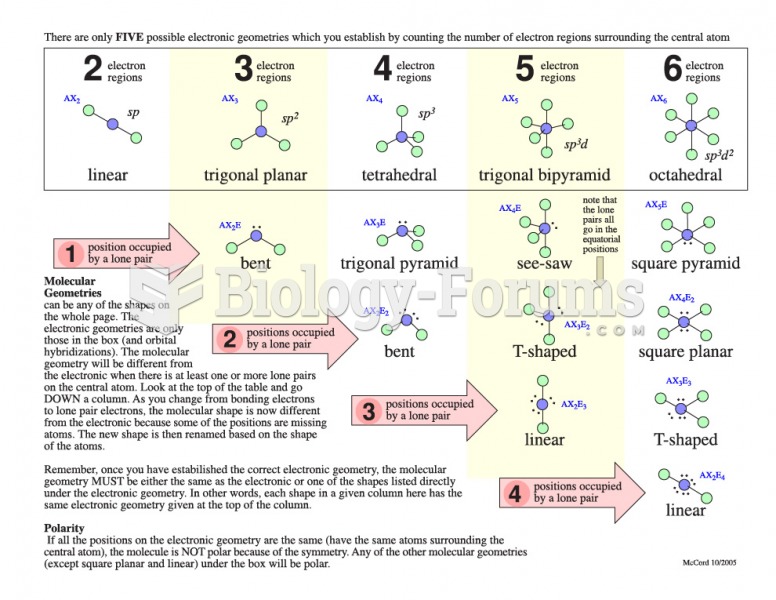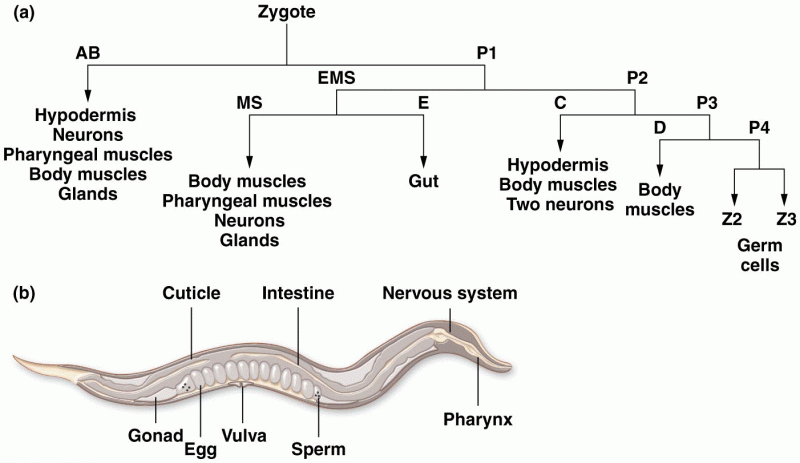Answer to Question 1
C
Feedback:
Charting by exception is a type of narrative charting that uses a flow sheet listing body systems and their typical findings, such as lung sounds. Narrative charting is a type of nurses' notes that essentially documents what is occurring throughout the day in a chronological manner. When problem-oriented medical records (POMR) charting is used, the whole healthcare team works collaboratively to identify priority problems, and they work collectively to solve these problems. This type of charting focuses on specific problems and is sometimes called focus charting. Documentation by discipline area would include separate notes for physicians, nurses, and other healthcare team members, such as dietary, respiratory therapy, physical therapy, occupational therapy, or home health providers. Each specialty may have specific formats or forms used to chart about that particular field.
Answer to Question 2
A
Feedback:
Narrative charting is a type of nurses' notes that essentially documents what is occurring throughout the day in a chronological manner. When problem-oriented medical records (POMR) charting is used, the whole healthcare team works collaboratively to identify priority problems, and they work collectively to solve these problems. This type of charting focuses on specific problems and is sometimes called focus charting. Documentation by discipline area would include separate notes for physicians, nurses, and other healthcare team members, such as dietary, respiratory therapy, physical therapy, occupational therapy, or home health providers. Each specialty may have specific formats or forms used to chart about that particular field.






